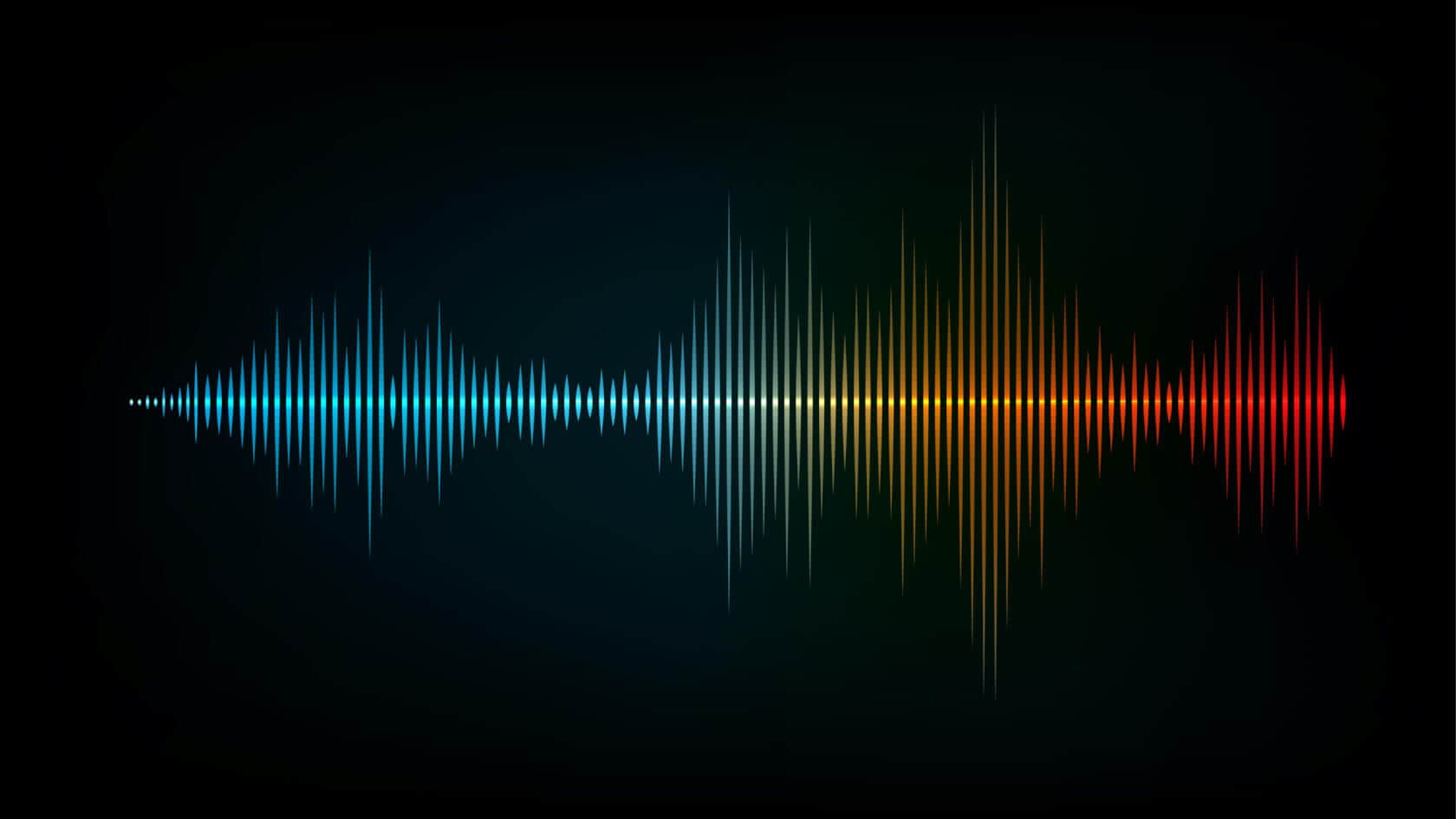Music and science go back a long way, so here we look at how the relationship works through vibrations, magnets and more.
When one thinks of science, oftentimes people do not associate musical notes to the dynamic world of science. Science and music share an interesting bond as music embodies all that is ‘sound’.
To create music, an individual must understand the varying elements of sound such as pitch, rhythm, and tempo.
Science aids the understanding that music comprises multiple vibrations, and frequencies. For example, string instruments such as the violin and the cello are mainly constructed by wood and synthetic materials, and metal.
The strings of a violin or cello, vibrate when plucked or when the musician swipes the bow across multiple strings.
However, the vibrations themselves do not produce much sound. The sound is produced by the hollow body creating a chamber that amplifies the sound waves of the vibrating strings.
Through the study of music, the notion of ‘sound’ is puzzled and patterned to link with human emotion, further influencing melody, song form, etc.
With these prominent components on the relationship of music and science, what are other scientific happenings within the world of music?
The Correlation between the Earth and Music Instruments
When discussing music and its interaction with science, it is said that music and science are living all around us.
According to TheConversation.com, our ancestors believed that the earth was once surrounded by celestial spheres, making or producing divine music when they moved. Does this entail that we are living in a huge musical instrument?
This may be a bit absurd to imagine. However, with the aid of science, this notion may not be that silly. Music instruments show strong parallels with the earth’s magnetosphere.
Satellites record sound waves that resonate with the Earth’s magnetosphere. The magnetosphere is somewhat of a magnetic bubble that prevents and protects individuals from space radiation, which can prove some truth to us living inside a massive musical instrument.
Regarding musical instruments, they are two key elements that control note creation and sound. The key elements are the shape and size of the instrument along with the speed of sound throughout it. This is where musical terms such as pitch and timbre originate from.
The same can be true within the earth’s protective magnetosphere layer carved out by the solar wind.
As sound waves travel all around space, magnetosonic waves bounce around within the magnetosphere and often create and support resonances, similar to most musical instruments, having to support just one type of resonance.
Music and Magnets
Within the topic of magnetic energy and varying waves, did you know that there are further distinct correlations between magnets and music?
Music and magnets collide in varying artistic activity. Experiences such as the New York Makers Faire installation is a musical show highly contributed and possible by magnetism.
According to Apexmagnets.com, musical instruments such as the electric guitar may have not been in existence without the workings of magnetic capabilities. Invented by George Beauchamp and Adolph Rickenbacker In the 1930s, the Music inventors constructed an electromagnetic pickup, which was a device that captured mechanical vibrations further transmitting them as an electrical signal.
By wrapping coils of wire around a magnetic field allowed the sounds to be amplified and recorded. This was the creation of the electric guitar. However, the use of magnetic energy does not stop at the electric guitar.
Created by Brooklyn-based designer Andy Cavatorta, the magnetized piano harp uses a piano as the frame and a series of electromagnets to combine steel strings; the strings can produce a distinct melody when there is an activation of electromagnets. Another instrument of magnetic offspring comes in the form of a magnetic cello.
Known as the Magnetovore, the stringless magnetic cello uses an electromagnet that further produces multiple sounds as it moves across a copper coil. But the relationship between music and magnets goes beyond musical instrumentation.
The use of magnets can be found in varying headphones and speakers! One can build their own pair of speakers!
Using neodymium magnets, a Styrofoam cup, and proper wiring, you may be able to say goodbye to your fancy BEATS by DRE speakers!
Music and Speed
The science of music does not just happen in the instrumentalist form. Science is also happening with the people who play them! According to Kennedy-Center.org, musicians must teach their muscles to hold and play their instruments.
Similar to the science of sports and exercise, musicians practice their craft in order to train their arms, ya da, and fingers to play better, faster, and more efficiently. Can you imagine playing an instrument at 150 beats per minute?
Guinness World Record holder, David Garret performed the Nikolai Rimsky-Korsakov piece Flight of the Bumblebee at this astonishing speed in 2008!
So, science and music do indeed have a tight relationship that stems deeper than what one would think. As music continues to bring people together, science plays an important role in bringing the community together.
Photo: Shutterstock
More from Isaac Herron here:
Support us!
All your donations will be used to pay the magazine’s journalists and to support the ongoing costs of maintaining the site.
Share this post
Interested in co-operating with us?
We are open to co-operation from writers and businesses alike. You can reach us on our email at cooperations@youthtimemag.com/magazine@youthtimemag.com and we will get back to you as quick as we can.










